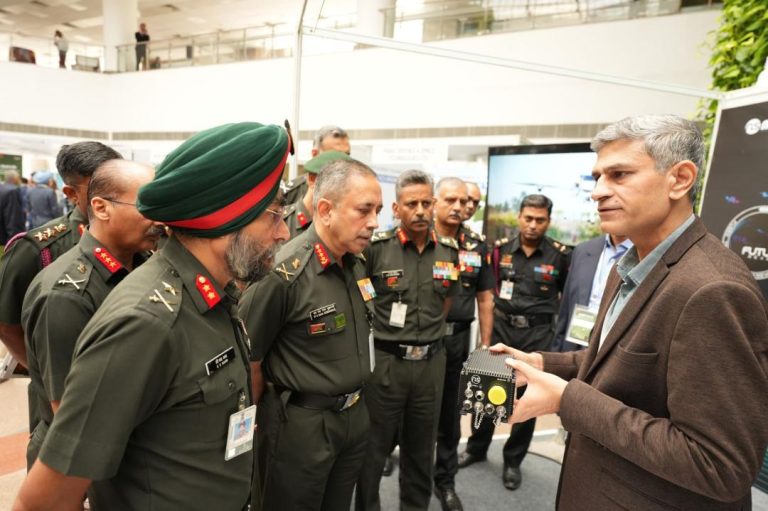
10 Years of Digital India: Milestones in Tech, Health & Education
On August 14, 2015, Prime Minister Narendra Modi launched the ambitious ‘Digital India’ initiative, aiming to transform India into a digitally empowered society. Today, as we mark 10 years of this visionary project, it’s essential to reflect on the remarkable progress made in various sectors, from education and healthcare to Micro, Small and Medium Enterprises (MSMEs) and Artificial Intelligence (AI). In this blog post, we’ll explore the significant milestones achieved in these areas, highlighting the role of Digital India in shaping India’s digital landscape.
Education: Empowering Digital Learning
One of the primary focuses of Digital India was to enhance education and make it more accessible. The initiative has led to the development of several innovative platforms and initiatives, such as:
- National Digital Library (NDL): A digital repository of over 50 lakhs e-books, e-journals, and other educational resources, making it easier for students to access knowledge.
- National Education Network (NEN): A high-speed internet connectivity program that connects educational institutions and promotes digital learning.
- Digital Saksharta Abhiyan (DSA): A national digital literacy mission that aims to make India digitally literate by 2025.
These initiatives have helped bridge the digital divide, enabling students from rural and remote areas to access quality education and participate in the digital economy.
Healthcare: Revolutionizing Medical Services
Digital India has also made significant strides in the healthcare sector, introducing various initiatives that have improved healthcare outcomes and made medical services more accessible:
- Ayushman Bharat Digital Health Mission: A digital health platform that enables seamless access to healthcare services, medical records, and insurance claims.
- Telemedicine Services: A program that connects patients with specialists and hospitals remotely, reducing the need for physical consultations.
- Electronic Health Records (EHRs): A digital storage system for medical records, ensuring accurate and secure access to patient information.
These initiatives have helped reduce healthcare costs, improved patient outcomes, and enhanced the overall quality of medical services in India.
MSMEs: Boosting Local Sellers
Digital India has been instrumental in empowering Micro, Small and Medium Enterprises (MSMEs) by providing them with a platform to showcase and sell their products:
- Government e-Marketplace (GeM): A digital platform that connects government buyers with local sellers, promoting procurement and sales of Indian goods.
- Open Network for Digital Commerce (ONDC): A platform that enables open and transparent e-commerce, allowing local sellers to compete with big players.
These initiatives have helped MSMEs reach a wider audience, increase their revenue, and contribute to India’s economic growth.
AI: Humanity-First Approach
Digital India has also made significant investments in Artificial Intelligence (AI), aiming to leverage this technology to improve healthcare, education, and other sectors:
- $1.2 billion AI Mission: A government initiative that aims to develop AI applications in healthcare, education, and other areas, focusing on a humanity-first approach.
- Affordable GPU Access: The government has launched initiatives to provide affordable access to Graphics Processing Units (GPUs), essential for AI and deep learning applications.
These investments are expected to drive innovation, create jobs, and position India as a leader in AI research and development.
Conclusion
As we celebrate 10 years of Digital India, it’s clear that the initiative has made significant progress in various sectors, from education and healthcare to MSMEs and AI. The government’s commitment to digital transformation has empowered citizens, enabled innovation, and driven economic growth. As India looks to the future, it’s essential to continue leveraging technology to address pressing challenges and create a more equitable and prosperous society.
Source:






